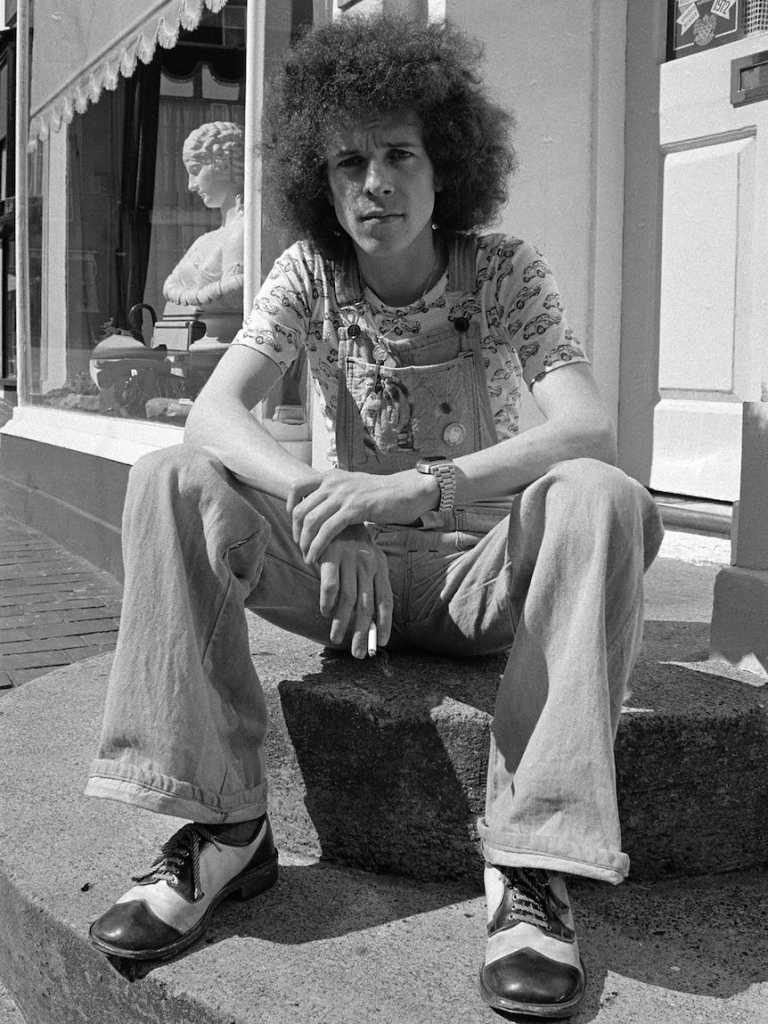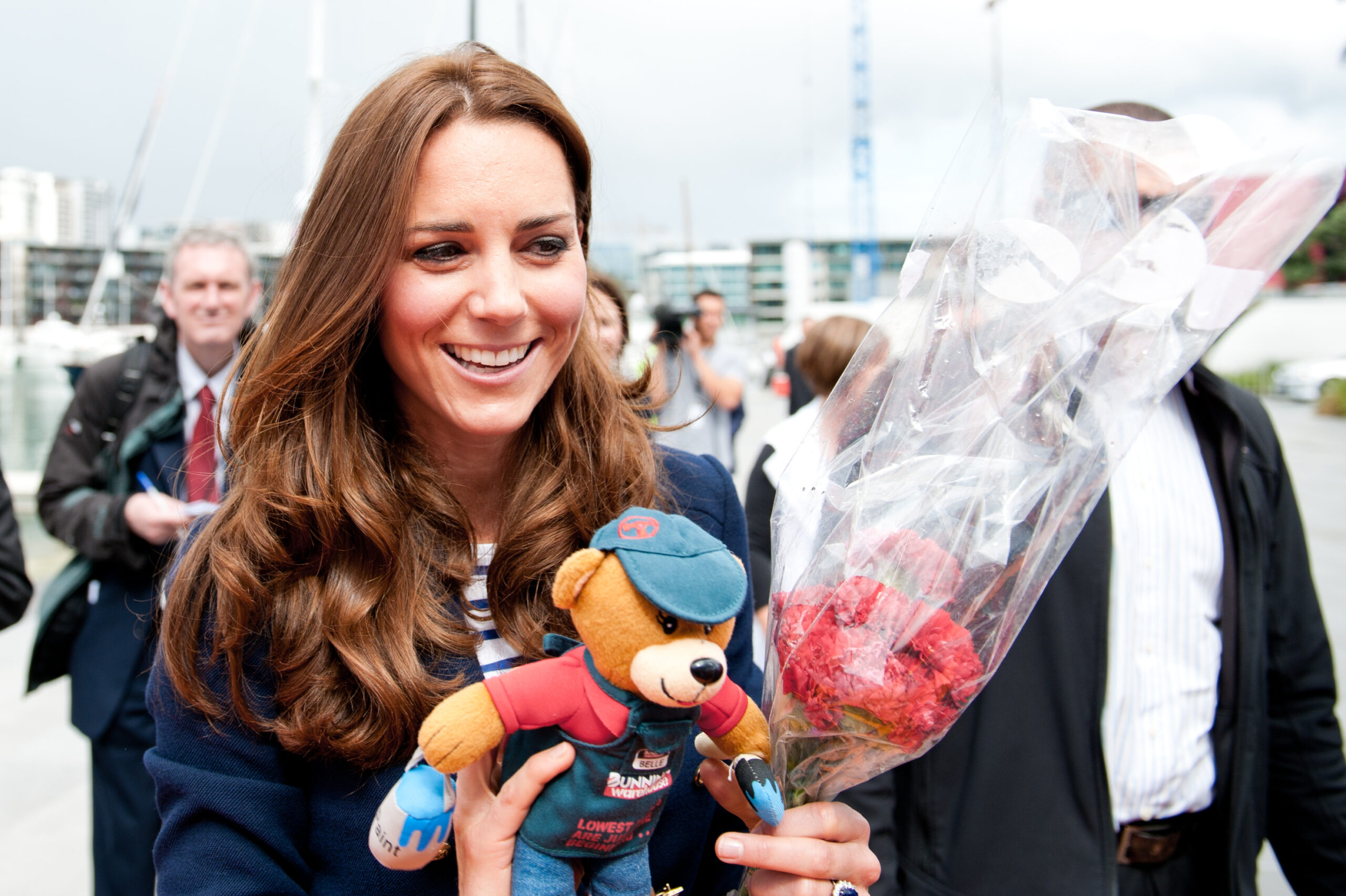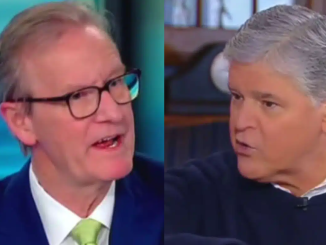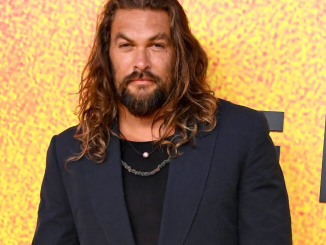“I look at my role as being a friend of Canberra Hospital, I can bring some pleasure and happiness sometimes to people who are really in difficult times in their lives.”
With backing music from a Bluetooth speaker, Sayer croons his way around the cancer wards, making a human connection with everyone he comes across.

Canberra Region Cancer Centre Operations Manager Caroline McIntyre says Sayer’s visits are typically kept a surprise for patients and staff.
“He’s always come in so discreetly,” she says.
“Normally it’s just very quiet, he comes up in the back lift and says hello to literally everybody.
“Some of them are doing it tough, and to have a little bit of joy and light – it really gives them a lift.
“What makes me happy is to see people getting chemo on their feet dancing.”
Jamming with Jimi Hendrix, Countdown and the Troubadour
Originally a graphic designer by trade, English-born Leo Sayer rose to pop prominence in London in the late 1960s, as a singer-songwriter – and was soon adopted by Australia as an honorary son after his first tour here in 1974.
He went on to become an Australian citizen in 2009.
Sayer was a regular on ABC TV’s Countdown during the 70s and 80s, performing chart-toppers like “You Make Me Feel Like Dancing”, “When I Need You”, “More Than I Could Say” and “Orchard Road”.

He blushingly admits they were wild days – when he didn’t always live up to his “good-guy” public persona.
“It was mad, I mean, Top of the Pops in England, Countdown over here,” he says.
“You were mobbed by the fans, I remember being dragged out of a limousine the first tour that I came here, and then speaking to crazy people like Molly Meldrum on TV and trying to sort of like take it all in.”
It seems hard to believe – the petite, well-spoken singer, with a mane of curly hair that inspired changing his name from Gerard to Leo – beating off mobs of screaming fangirls.
Sayer circulated in superstar company, becoming close friends with former Beatles George Harrison and Paul McCartney, collaborating with Roger Daltrey of The Who, and even sharing a sly cigarette or two with John Lennon and Yoko Ono who had a flat above his design studio.
“I met Jimi Hendrix right at the start of his career. I actually jammed with him, playing the harmonica, and him playing the guitar,” he says.
Recalling his 1975 opening night at the famous Troubadour Club in Los Angeles, he looked up to see an intimidating line-up of fans in the front row.

“It was David Bowie, Elton John, and ‘The Fonz’ [Henry Winkler].”
Alongside them: John Cleese, Mick Jagger, Bernie Taupin, and comedian Marty Feldman.
“We never thought it would last, we were adapting to things around us, writing songs about things that are around us,” he says.
“And we thought they were only for our generation — so the amazing thing is my music’s become like a fine wine, where you lay it down and years later, it becomes a collector’s item.
“We’re in an age where the music that I make, young kids are actually latching onto it now, and they’re finding that that generation and that style of music we made is as current now as anything.”
Sayer’s health battles, still spreading hope at 76
Leo Sayer says his hospital charity work caps off a career dedicated to providing joy through music.
“It’s a nice piece of synchronicity really, because I was born in the grounds of a hospital in Shoreham by Sea in Sussex, near Brighton in England,” Mr Sayer said.
“I suppose I’ve always felt comfortable in hospitals and being around hospitals.
“Growing up, my dad was a hospital engineer, Mum was a nurse, my sister was a matron.”

Sayer has health struggles of his own, including three stents in his heart, which help him have a genuine connection to the hospital patients he entertains.
“[My music] is providing something that isn’t taking away from any of the treatment that’s going on. It’s providing something that’s just putting a smile on peoples’ faces.
“Music is communication and that’s what this is all about, we’re communicating, we’re making people feel better.
“We’re not healing people with music, but we are making them feel better about their healing.
“To sell out Canberra Hospital will do me fine.”
Kate Middleton’s Potential Return to Royal Duties: A Beacon of Hope

Maintaining Her Royal Work Connection
Kate managed to maintain her royal duties even while she was recovering from surgery at the London Clinic. According to reports, she worked from her hospital bed to complete part of her duties. It demonstrates her devotion and dedication.

An Epistle of Solace
Kate took time out of her own health struggles to write a touching condolence letter to Kate Garraway, whose husband had passed away earlier this year. Kate’s supportive and kind act revealed a great deal about her understanding and generosity.
Regards from a Royal Fan.
Kate sent a special thank you to one lucky royal fan. Following the Princess of Wales’ operation, the fan sent love and well wishes, and Kensington Palace responded with a lovely note. It was a heartfelt moment that showed how grateful Kate was to her fans.

The Support of Queen Camilla
Throughout this trying time, Queen Camilla has been a rock for Kate and King Charles. She mentioned Kate on a recent visit and expressed the princess’s appreciation for all of the well wishes and encouragement she has received. Kate and Charles are receiving support and strength from the royal family.

The Anchors of Family
Although the royal family has offered assistance, Kate’s parents and siblings have been her real pillars of support throughout her difficult journey. Every step of the journey, they have shown her love and support. Kate is so grateful for the love and support of the Middleton family during this difficult time.

A Prospective Comeback to Public Life
It’s possible that Kate will return to the public eye earlier than anticipated. Even though she had prophylactic chemotherapy, a royal specialist says she might go to some occasions if she feels well enough. Even if a full-scale return to royal duties might still be some way off, everyone would find optimism if Kate appeared this summer.

Let’s hope for encouraging news in the upcoming months as we extend our warmest regards to King Charles and Kate Middleton. We are all inspired by the princess’s fortitude and tenacity, and we can’t wait for her to resume her cherished position as a working royal.

Perhaps you might be interested in reading more about Kate Middleton’s trip if you liked this tale about the royal family.



Leave a Reply